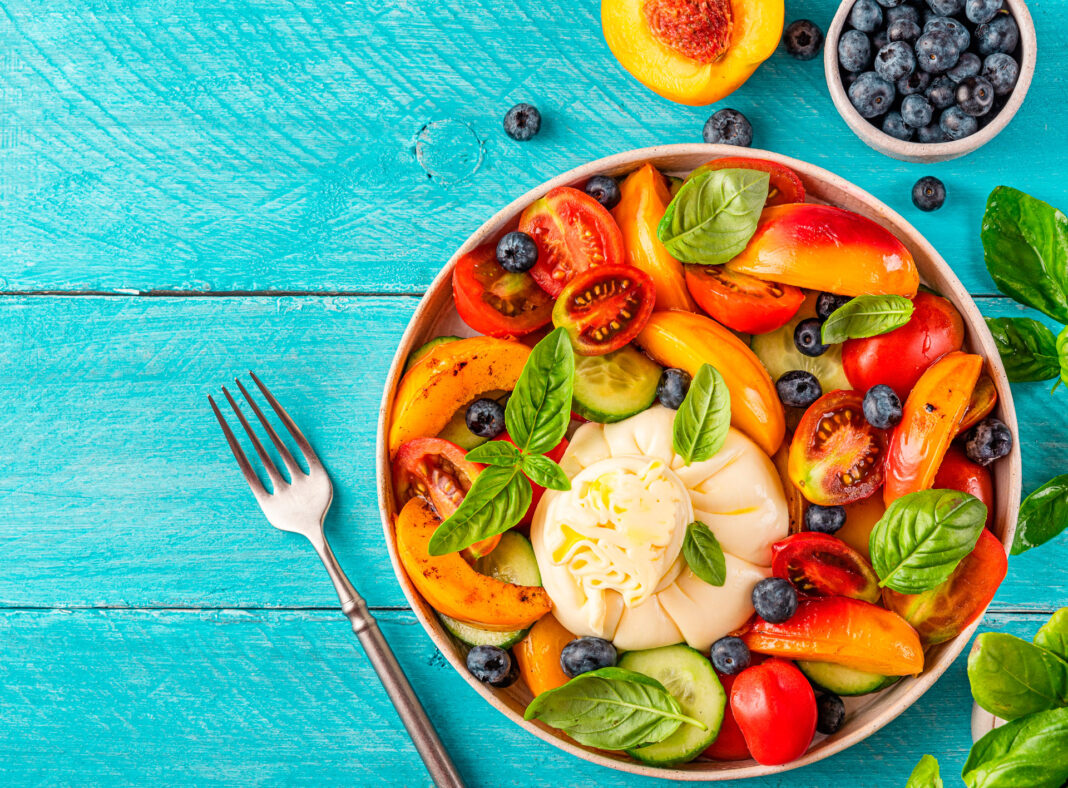No self-respecting Italian meal is complete without some delicious antipasti, and right now, burrata is an influencer in its own right
In Italy, antipasti are eaten before a meal, accompanied by a Cinzano, a Martini, an Aperol Spritz, etc. Typically, in the land of the Apennines, they love to whet the appetite with an aperitif. Antipasti are served before the meal and include a range of hot or cold starters, from thinly sliced cold meats, carpaccio, salads and cold vegetable dishes, pickles, cheeses, olives, focaccia, grisini, bruschetta and other, more sophisticated appetizers.
But the antipasto (singular) on everyone’s lips, at the moment, is burrata. A soft white cheese made from fresh whole cow’s milk. Translated from Italian, burrata means ‘buttered’, which perfectly describes its creamy consistency and smooth, rich flavour. At first glance, it looks similar to a ball of mozzarella, but a burrata’s outer shell has a different texture as it is solid cheese and slightly chewy. Cutting into the – fior di latte, or ‘milky flower’ reveals its soft gooey centre containing the pasta filata or stretchy woven mozzarella cheese that’s been mixed with cream.
Burrata is delicious served as a salad with fresh or dried tomato, rocket or basil, with balsamic vinegar of Modena or with a drizzle of extra virgin olive oil.
In addition to being light, tasty and delicious, burrata can be classified as healthy as it is high in amino acids, proteins and folic acid (essential for women when they are pregnant). Moreover, it contains vitamins A and D, magnesium, phosphorus and potassium. It is also lower in calories than other typical Italian varieties, such as parmesan, grana padano, gorgonzola, or pecorino, which are high in fat.
Burrata cheese originates from the Italian region of Apulia, also known as Puglia, which runs from the Achilles tendon to the heel of the boot, whose capital city is Bari. It was first produced between the 1920s and 1950s as a by-product of the leftovers from mozzarella production. Unlike mozzarella, burrata is served at room temperature or slightly chilled, and is best eaten fresh within 24 hours of being made.




